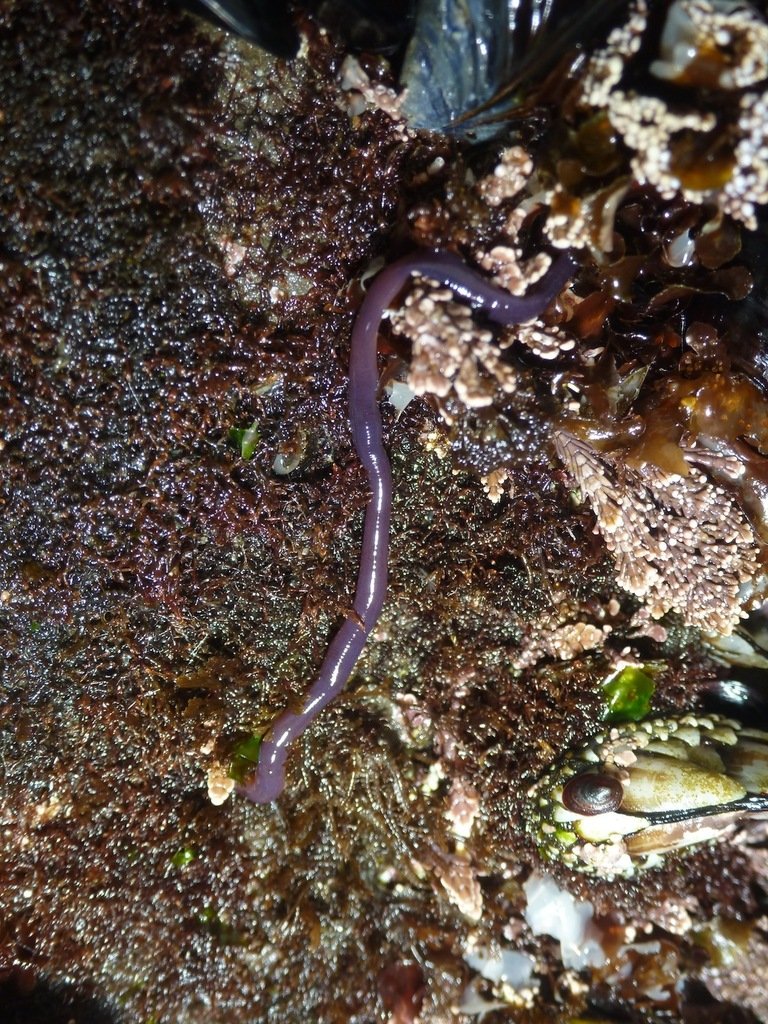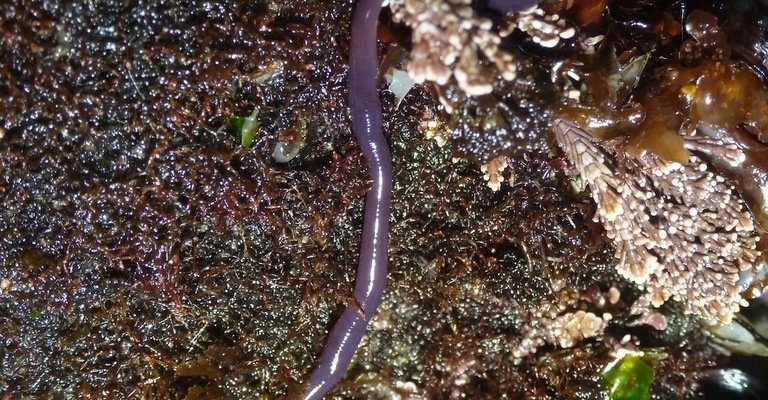
Think of ribbon worms as the ocean’s less-visible, yet essential characters. They might not be as flashy as dolphins or as intriguing as octopuses, but they have unique adaptations that make them fascinating for both amateur and seasoned nature lovers. If you’re curious about how to spot these quirky critters and what makes them tick, let’s dive into the world of ribbon worms together!
What Are Ribbon Worms?
Ribbon worms belong to a group of creatures known as *Nemertea*, which might sound a bit daunting, but don’t let the name scare you! These worms are primarily known for their long, ribbon-like bodies that can stretch for several feet, depending on the species. You might have seen one without even realizing it, especially if you’ve spent time exploring tide pools.
One of the most intriguing features of ribbon worms is their **proboscis**. This is a long, extendable structure they use to capture prey. Picture it like a tongue that shoots out to snag small fish or other invertebrates. It’s not just for show; this hunting technique is quite effective.
You might be wondering how to identify them. Ribbon worms typically have a smooth, slimy surface and can come in various colors, from bright reds and blues to more muted browns and greens. Their color can often change based on their environment, which is part of what makes watching them so captivating.
Where to Find Ribbon Worms
To spot ribbon worms, your best bet is to visit **intertidal zones** during low tide. This is the area between high tide and low tide, where the ocean meets the land. Not only is this zone teeming with life, but it’s also a fantastic place to observe the wriggly antics of ribbon worms.
Look for them in the mud, sand, or among seaweed. They often bury themselves to avoid predators, so you might have to dig a little. Using a small trowel can help, but be gentle; you don’t want to harm them or their home.
Here’s how you can set yourself up for a successful ribbon worm observation:
- Visit during low tide for the best chance to see these creatures.
- Search in muddy or sandy areas, especially near seaweed.
- Be patient—ribbon worms can be shy and may take time to appear.
Feel free to bring a notebook or camera to document your findings. Not only will you get to enjoy the beauty of nature, but you’ll also engage with a lesser-known part of marine life.
What Do Ribbon Worms Eat?
So, what’s on the menu for ribbon worms? They’re carnivorous, primarily hunting for small invertebrates like crustaceans, other worms, and sometimes even fish. Their method is quite unique as they utilize that nifty **proboscis** to capture their meals.
When they find a potential snack, they can quickly extend their proboscis and entangle their prey. It’s like a high-speed, underwater game of tag! Once they’ve got a hold of their meal, they can then bring it back to their body to consume.
You might be curious about their role in the ecosystem. Ribbon worms help control populations of other small marine life, acting as both predator and prey. Birds, fish, and other marine creatures rely on them for nutrition, making them an important part of the food web.
How to Observe Ribbon Worms Safely
When observing ribbon worms, it’s essential to be mindful of their well-being. Here are some pointers to ensure you enjoy your experience while being a responsible nature enthusiast:
- Use a gentle touch: If you dig them up, be careful not to harm them or their habitat.
- Limit your time handling: It’s best to observe them in their natural environment rather than keeping them out of the water for too long.
- Document with care: If you’re taking photos or notes, do so quickly and then return them to their environment.
This way, you contribute to the beauty of the intertidal zone without disrupting it. After all, the goal is to learn from our environment, not just take from it.
How Ribbon Worms Adapt to Their Environment
Ribbon worms are surprisingly resilient creatures. They have developed a range of adaptations that help them thrive in the challenging intertidal zone. For example, they can adjust their body composition to manage moisture levels. This is crucial because they face exposure to air during low tide and can dry out quickly.
Additionally, their ability to hide in sand or mud protects them from predators and harsh environmental conditions. If they sense danger, they can burrow deep into the substrate. This adaptability is a reminder of nature’s creativity and the importance of each organism in its ecosystem.
You might also notice that some ribbon worms display bright colors. While this can be beautiful, it often serves as a warning to potential predators about their **toxicity**. By being vivid, they say, “Hey, I might not taste good, so think twice before munching on me!”
The Importance of Ribbon Worms in Ecosystems
Ribbon worms may seem small and simple, but their role in marine ecosystems is anything but. They contribute to the biological diversity of intertidal zones and help maintain the health of these environments.
As part of the food web, they provide nourishment for larger fish and birds. By controlling the populations of smaller organisms, they play a vital role in maintaining **ecological balance**.
Learning about these worms gives us a deeper appreciation for the complexity of marine life. Every creature, no matter how small, has a role to play in the grand scheme of nature, and ribbon worms are no exception.
Observing ribbon worms in intertidal zones is like unlocking a hidden chapter of marine life. They’re a reminder that even the smallest creatures have fascinating lives and significant roles in their ecosystems. So, the next time you explore a tide pool or wander along the beach, take a moment to appreciate the incredible world beneath the waves.
With a little patience and curiosity, you can discover these fascinating creatures for yourself. Embrace your role as a nature observer, and who knows what wonders you might uncover? Happy exploring!

